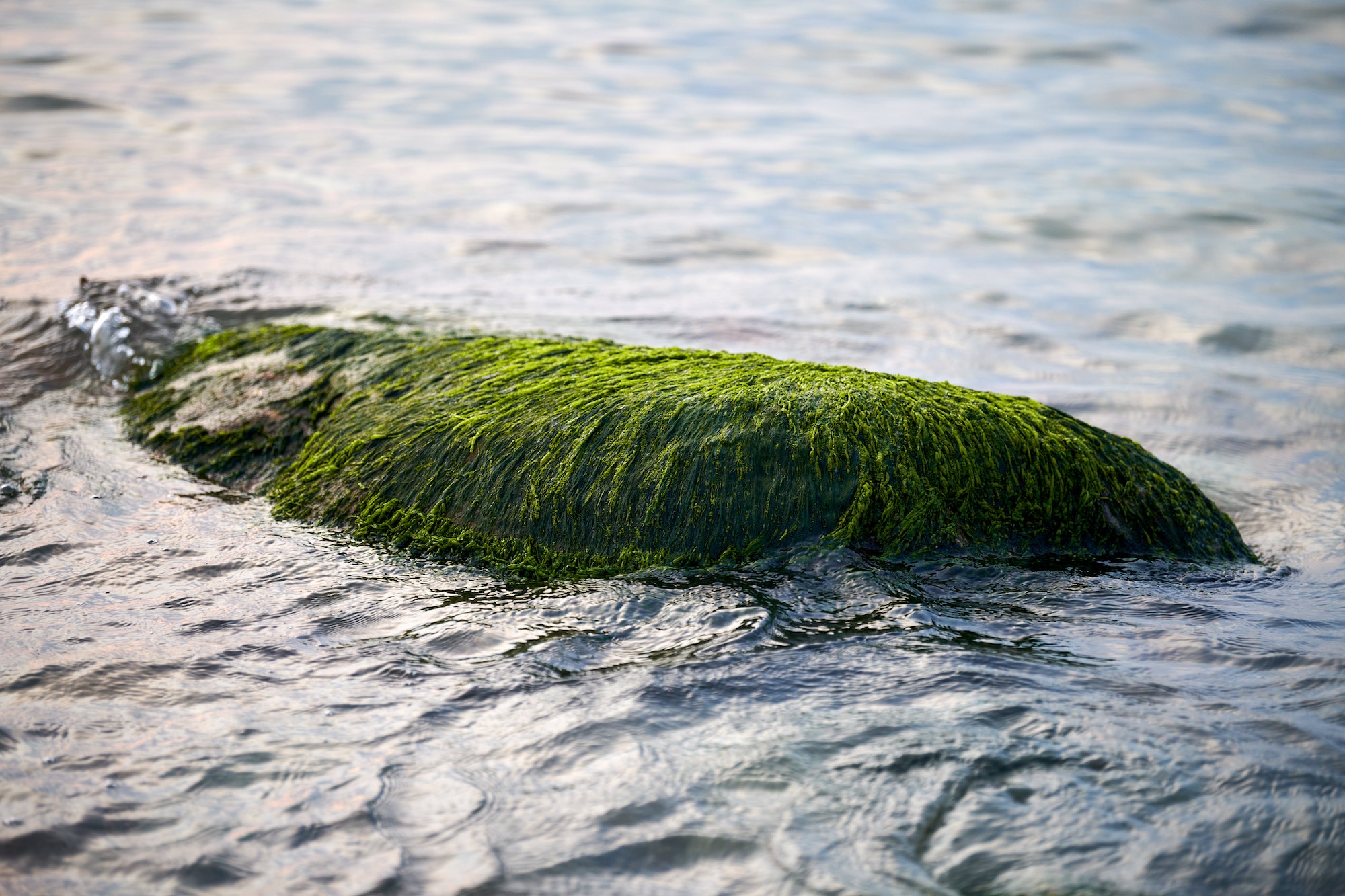Integrated multi-trophic aquaculture (IMTA) is a concept that involves the cultivation of multiple aquatic species from different trophic levels in the same system, aiming to create a more sustainable and efficient aquaculture practice. Macroalgae and microalgae are essential components of IMTA systems due to their various ecological functions, such as nutrient removal, oxygen production, and providing habitat for other organisms. Additionally, both macroalgae and microalgae have numerous commercial applications, making them attractive candidates for large-scale cultivation. This article will discuss the role of macroalgae and microalgae in IMTA systems and explore various algae cultivation techniques.
Macroalgae cultivation in IMTA systems
Macroalgae, commonly known as seaweed, play a crucial role in IMTA systems by utilizing the waste nutrients produced by other species, such as fish or shellfish, thereby reducing the environmental impact of aquaculture. This process also results in the production of valuable biomass that can be used for various applications, including food, feed, fertilizers, and biofuels.
Several macroalgae species have been successfully cultivated in IMTA systems worldwide. For example, kelps (Laminaria spp.) are often grown alongside Atlantic salmon in Norway and Canada. In Asia, Gracilaria spp. and Eucheuma spp. are cultivated together with shrimp and fish in integrated farms.
There are several methods for cultivating macroalgae in IMTA systems:
- Longline culture: This method involves growing macroalgae on horizontal ropes suspended in the water column. The ropes can be anchored to the seabed or floating structures.
- Raft culture: In this method, macroalgae are attached to floating rafts made from materials such as bamboo or PVC pipes.
- Tank culture: Macroalgae can also be grown in land-based tanks with controlled environmental conditions.
- Seabed culture: In some cases, macroalgae can be directly seeded onto the seabed, where they grow attached to rocks or other natural substrates.
Microalgae cultivation in IMTA systems
Microalgae are microscopic algae that can also play a significant role in IMTA systems. They are efficient at removing dissolved nutrients from the water, such as nitrogen and phosphorus, and can provide a food source for filter-feeding organisms like shellfish.
There are several methods for cultivating microalgae in IMTA systems:
- Open pond systems: These are shallow, open-air ponds where microalgae grow under natural sunlight. The ponds can be lined with materials like plastic or clay to prevent seepage of water and nutrients into the ground.
- Photobioreactors: These are closed systems where microalgae are grown under controlled conditions, such as temperature, light intensity, and nutrient supply. Photobioreactors can be designed as flat panels, tubular systems, or bubble columns.
- Hybrid systems: These combine the features of both open pond systems and photobioreactors to optimize microalgae growth and nutrient removal.
- Rotating algal biofilm reactors (RABRs): In this system, microalgae are grown on solid surfaces that rotate through the water column. As the surfaces rotate, they become covered with a biofilm of microalgae that can be harvested when it reaches a certain thickness.
Challenges and future prospects
Despite the potential benefits of IMTA systems for sustainable aquaculture, there are still several challenges to overcome before large-scale implementation becomes feasible. Some of these challenges include:
- Optimizing species selection and cultivation techniques for different environments and production goals.
- Developing cost-effective technologies for algae harvesting and processing.
- Ensuring that IMTA practices adhere to environmental regulations and standards.
- Promoting market acceptance of products derived from IMTA systems.
Overall, integrated multi-trophic aquaculture holds great promise for the sustainable production of valuable macro- and microalgae biomass. Continued research and development in algae cultivation techniques and technologies will be crucial for realizing the full potential of IMTA systems in the future.

